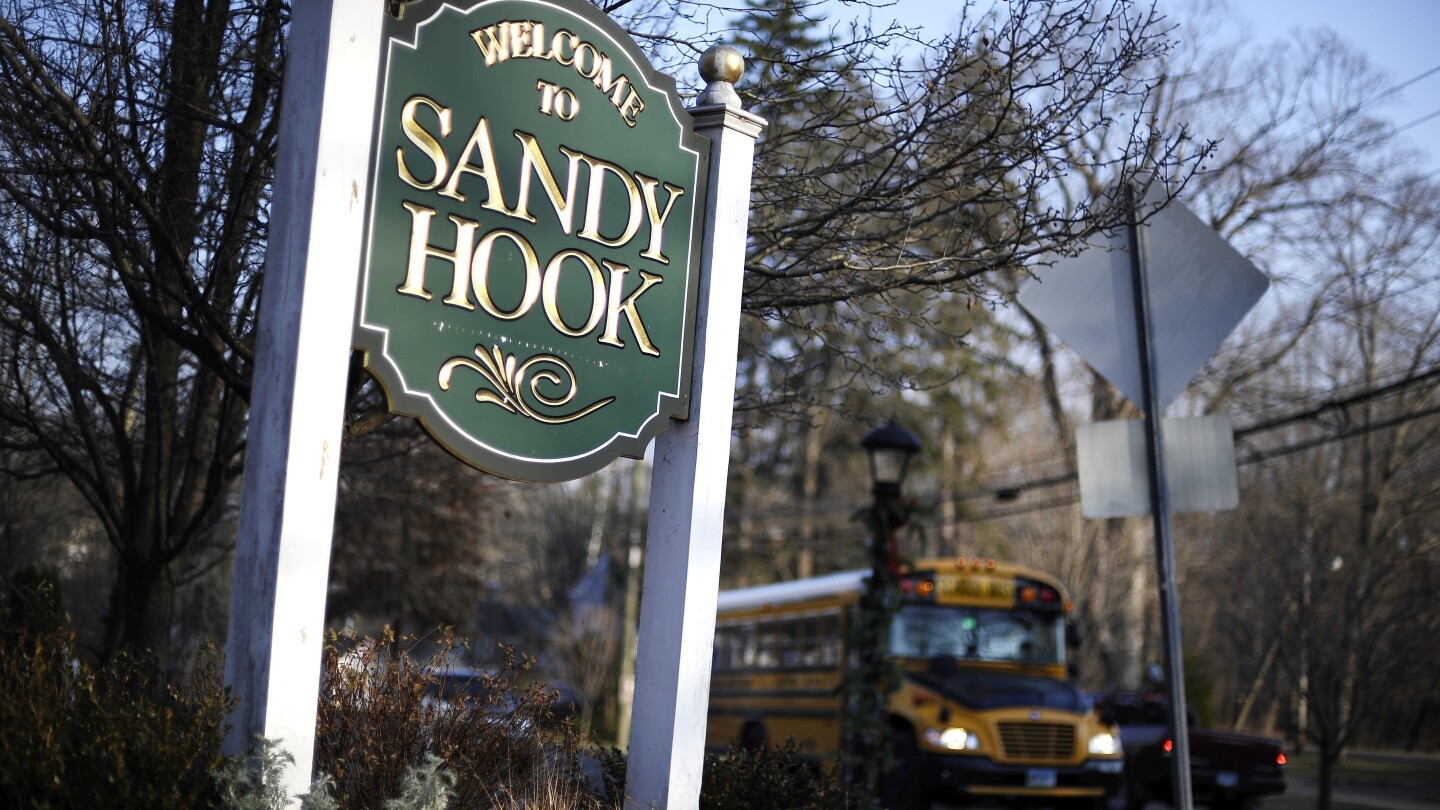Connecticut’s most wide-ranging gun control measure since the 2013 law enacted after the Sandy Hook Elementary School shooting takes effect Sunday, with proponents vowing to pursue more gun legislation despite legal challenges happening across the country.
The new law, signed by Democratic Gov. Ned Lamont in June, bans the open carrying of firearms and prohibits the sale of more than three handguns within 30 days to any one person, with some exceptions for instructors and others.
“We will not take a break and we cannot stop now, and we will continue to pass life-saving laws until we end gun violence in Connecticut. Our lives depend on it,” said Jeremy Stein, executive director of Connecticut Against Gun Violence.



Open carry was pretty much always banned in the United States.
The early cases make a clear distinction between habitual open, carry and purposive open carry.
Habitual open carry, where you wear your gun as a garment just to show it off, was viewed as a sign of a lawless society. It was looked down upon and was illegal in civil places as a breach of peace.
Purposive open carry was legal at common law for people with an obvious need to carry, such as bankers, stagecoach drivers, and police. That’s why every state’s gun laws read the way they do, for the most part: declaring that carrying is illegal except in specific circumstances, one of which is that the bearer has a permit and the weapon is concealed, another is that the bearer is a police officer, or on their way two and from hunting, or to and from the range, etc.